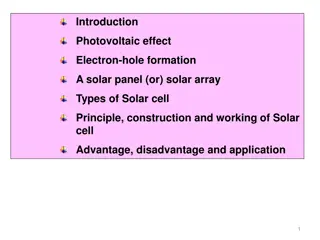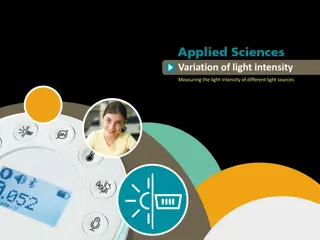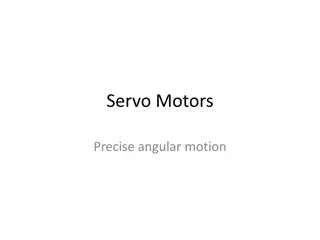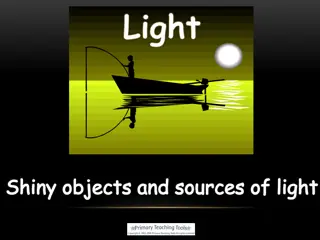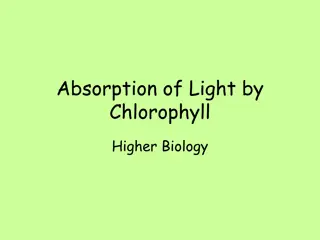Light Tracking Servo System Using Cadmium Sulfide
This project introduces a light tracking servo system utilizing Cadmium Sulfide light-dependent resistors. It involves an Arduino-based setup that tracks the brightest light source, with detailed specifications, circuit diagrams, and data analysis provided.
Download Presentation

Please find below an Image/Link to download the presentation.
The content on the website is provided AS IS for your information and personal use only. It may not be sold, licensed, or shared on other websites without obtaining consent from the author.If you encounter any issues during the download, it is possible that the publisher has removed the file from their server.
You are allowed to download the files provided on this website for personal or commercial use, subject to the condition that they are used lawfully. All files are the property of their respective owners.
The content on the website is provided AS IS for your information and personal use only. It may not be sold, licensed, or shared on other websites without obtaining consent from the author.
E N D
Presentation Transcript
Light Tracking Servo System Using Cadmium Sulfide Light Dependent Resistors Brandon Agtarap and Branden Nakahara
Introduction Applications o Will be used to develop a light tracking system model that follow the movement of light Arduino Based Light Tracking System o Tracks for the maximum intensity of light o When there is a decrease in intensity of light, it automatically changes its direction towards the brightest source o Uses Cadmium Sulfide light dependent resistors Arduino Based Lux Meter o Luminosity sensor using an advanced digital light sensor Lux is the SI unit of illuminance and luminous emittance 1
Specs ADC: o Digital Light Sensor Approximates Human Eye Response filters out the 50-60 Hz lighting ripple 100 kHz or 400 kHz 0.1 to 40,000 Lux range o 1 Lux = 1.46e-7 Watts/cm2 ~ full moon on a clear night o Arduino: Resolution: o (5 V) / (210) = 5.0 mV 4 Analog inputs CdS LDRs: o Spectrum Peak Value: 540 nm (yellow-green light) o At ambient room light: 20 ms rise time and 30 ms fall time o Performance Parameter: = log(R10/R100) DAC: o Arduino: Pins 9 & 10 provide 8-bit PWM output 2
Circuit 4
Data Color Wavelength (nm) Resistance (Ohm) resistance (Ohm) Violet 425 1850.0 5.0 Green 535 1601.0 5.0 Orange 600 1832.0 5.0 Resistance (kilo Ohm) resistance (kilo Ohm) R(10 Lux) 65.8 1.0 R(100 Lux) 12.1 1.0 Theoretical Value: 0.8 Measured Value: 0.74 0.06 6

